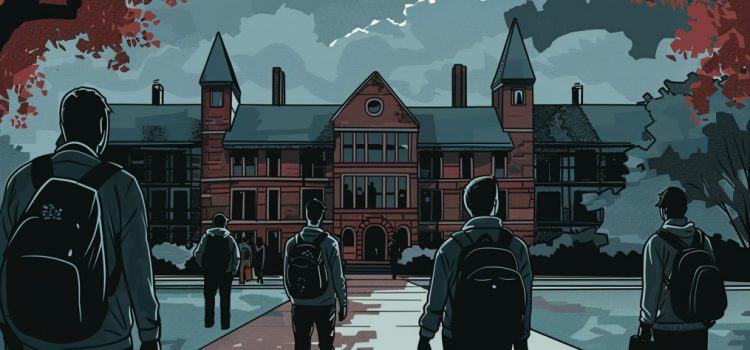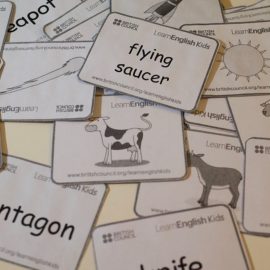
Have you ever wondered about the state of higher education in America? What’s really going on behind the scenes at universities?
Whether or not you’re part of an academic institution, it’s important to understand the crisis in higher education in America. In her eye-opening book The Professor Is In, Karen Kelsky explores funding cuts, rising tuition costs, and the impact on faculty and students.
Keep reading to uncover the harsh realities of modern academia.
The Crisis in America’s Academic Institutions
Kelsky writes that the crisis in higher education is marked by substantial cuts in funding and broader changes impacting teachers and students alike.
In 2013, public universities experienced a substantial decline in state aid, as the financial allocation for each student fell by 28 percent from the 2008 levels, leading to budget reductions at some institutions that exceeded 50 percent of their prior funding. Universities, driven by financial constraints, are forced to raise tuition costs and rely more heavily on the appointment of administrative personnel, whose numbers are increasing at a faster pace than those of the faculty, resulting in a scenario where compensation for administrative positions soared by 61 percent from 2008 to 2012, while spending on student services saw a comparatively modest increase of 39 percent. Universities have scaled back their academic programs, cut teaching positions, and reduced essential services.
As a result of these cutbacks, universities increasingly rely on adjunct faculty members, who often earn wages below the minimum threshold and do not have job stability, health insurance, or retirement benefits. Faculty members with the same level of expertise as their tenured counterparts often face lower pay, sometimes even less than what a Walmart worker earns, and lack the support of the institution, which may affect the caliber of their teaching. The proliferation of part-time professor roles limits their participation in vital research and student guidance, thereby reducing the educational experience’s quality.
Graduate students often receive modest stipends for their roles as teaching assistants and see their debt levels soar, with the average indebtedness reaching $57,600. Students pursuing graduate degrees are facing growing financial burdens as the assistance provided for their education fails to cover the actual living expenses, resulting in economic hardship and limited career opportunities in academia.






